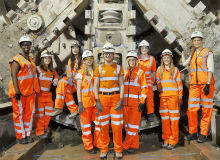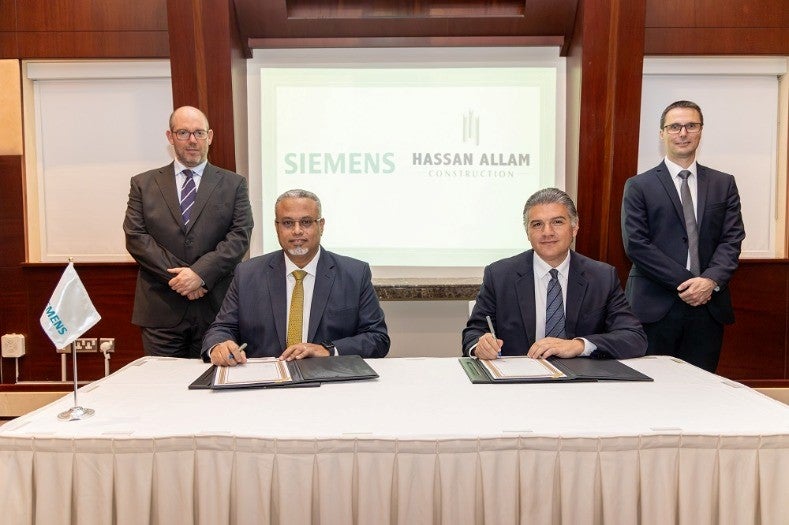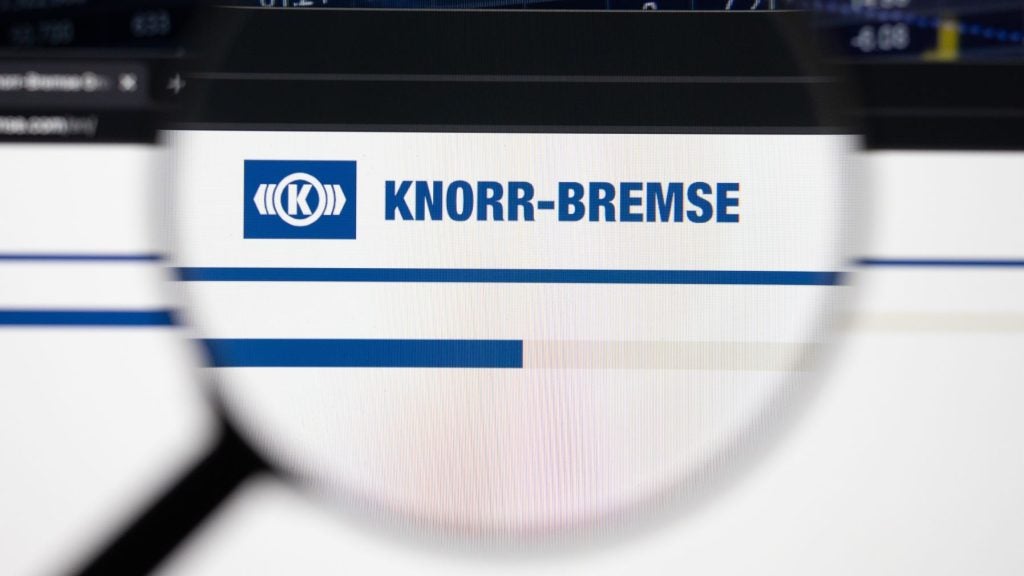
Launched in 2012, Women in Rail has a multi-faceted mission: to highlight the role of women in the rail industry and improve not only diversity, but also the industry’s image among young girls and women.
The group’s founder, Adeline Ginn, is a rare success story, having fought her way to the top, going against the perceived macho culture and standing out as a model for hard work and perseverance.
“I’ve worked in the rail industry for nearly 17 years and I’ve always been acutely aware of the low representation of women,” says Ginn.
“I’ve always felt supported by both genders but there always seemed to be very few women at mid-manager and senior levels, and very few at the top. Very often in meetings I was the only woman.”
While Ginn acknowledges the industry is not anti-women, Women in Rail’s report, released in November, paints a concerning picture. Using data gathered on 85,723 staff from across the sector, it shows that 16.4%, or 14,024, of the total rail workforce is female – roughly the same number as in August 1914, at the dawn of the First World War.
The majority, 60%, are working in customer-facing roles and 79% are in non-managerial positions, while just 4% currently occupy an engineering job. The Construction Industry Training Board also states that only 11% of the construction workforce in the UK is female.
How well do you really know your competitors?
Access the most comprehensive Company Profiles on the market, powered by GlobalData. Save hours of research. Gain competitive edge.

Thank you!
Your download email will arrive shortly
Not ready to buy yet? Download a free sample
We are confident about the unique quality of our Company Profiles. However, we want you to make the most beneficial decision for your business, so we offer a free sample that you can download by submitting the below form
By GlobalData“Some people might say ‘it’s near 20%, it’s not that bad,'” adds Ginn, “but the most concerning part is in terms of job grades and their roles. Many women are away from the core decision-making and 79% are not in a managerial role, while only 0.6% have progressed to director or executive level. Women need to be given a chance to rise up the ranks. They represent 50% of our [the industry’s] customers.”
Closing the skills gap
Equal representation is only one argument for increasing the numbers of women, however. More skilled rail workers of all kinds – engineers, surveyors, construction workers, signallers and drivers – are needed.
Government estimates suggest that an additional 10,000 engineers will be needed to deliver improvements to the existing network, while HS2 is expected to create 25,000 jobs during construction and 3,000 when operational.
In a speech in November, Rail Minister Claire Perry MP said: “As things stand today, parts of the rail industry are set to lose half their staff to retirement within the next 15 years. That’s unsustainable.”
Speaking last year after the release of Women in Rail’s report, Terence Watson, co-chair of the Rail Supply Group, highlighted the role women can play in addressing this concern, saying “to fill our ever-growing pipeline with the best talent it will be crucial to attract more women”.
One prospect that could go some way to solving this is the government’s new target of 30,000 more rail and road apprenticeships.
Valerie Todd, director of talent and resources at Crossrail, says this provides “a great opportunity that we cannot afford to miss”.
“It’s a chance to make sure that a significant percentage of people employed are women, are from BME [Black and Minority Ethnicity] backgrounds and are young people.”
Crossrail, which has a particularly well-respected apprenticeship programme of its own, has also stepped up its efforts in fighting gender imbalance through a partnership with Women into Construction (WIC). This intends to open up work experience and employment opportunities through events with Crossrail contractors – the first one, hosted by Morgan Sindall, resulted in work placements.
“We need people at a very senior level to say ‘actually, this is important and we will set targets, monitor those targets, and analyse performance based on gender diversity’,” adds Todd. Kath Moore, director of WIC, explains that “young women need to feel included, they need to feel that this is an industry they would be welcomed into”, adding: “I think it’s perception, some employers might feel that it could be a risky choice in some way [to take on more women], although we know it isn’t.”
Barriers: internal and external
What is clear is that the barriers preventing women joining the industry are varied and complex.
While Moore and Todd highlight the necessity of feeling valued and dispelling the myth of rail as a man’s world, Ginn separates the challenges into two sections: internal and external.
With a membership of approximately 2,000 and regular networking events, Ginn says a lack of self confidence is often evident. Women can be reluctant to apply for promotions, feeling their chances of success are lower than their male counterparts.
“There are plenty of events in the rail sector where men get a chance to meet,” says Ginn. “Very often, when women join those groups or events they are in a minority and they are reluctant to network and introduce themselves. That’s the internal challenge; making sure women get the support they need to climb the career ladder.”
More than this, though, is the issue of flexible working. Women in Rail holds regular meetings, bringing together employers and employees, to brainstorm ways around working arrangements.
The willingness from industry is there, says Ginn, and Todd strikes a similar tone in her assessment. “Most companies think about productivity, and how they can get the most out of the workforce,” says Todd. “Flexibility helps with productivity.”
In terms of the business case, a 2011 report by Lord Davies concluded that companies with low representation of women on corporate boards are missing out, as they are unable to draw from the widest possible range of talent.
As for the external barriers, rail has an image problem.
“It’s not seen as an exciting, modern and dynamic industry, but it is,” says Ginn. “It is misunderstood and misrepresented, and young girls are unaware of what it can offer in terms of career options.”
Young girls, adds Ginn, have an unconscious barrier against rail and engineering. “Those aged seven to nine years old see it as dirty and messy, those at ten to 12 see it as physically strong and dangerous, and girls aged 12 to15 describe it as unglamorous and socially isolating,” she says. “That’s one of the biggest challenges.”
A new era for women?
Solving – or at least attempting to solve – these concerns will take many years and plenty of effort from those inside and out of the industry.
But, despite the slightly gloomy picture painted by the statistics and the barriers outlined, progress is being made.
As well as Women in Rail acting as a forum for change with networking and mentoring programmes, Transport for London last year launched its 100 Years of Women in Transport campaign with the aim of attracting more women to the transport sector and celebrating the significant contributions they have made over the years.
There is also Crossrail’s partnership with WIC and Network Rail’s bold plans, which include a staff network for women, called Inspire, and a pledge to encourage 30% more women to apply to its group business services IT graduate and placement programme by 2018.
“There are lots of fantastic initiatives going on, but we need to do is explain what a career in rail means,” says Ginn. “We also need companies and senior managers and executives to identify and develop their female talent.
“We need to showcase our role models,” something that will help break down the notion that rail is a ‘job for the boys’, she continues.
For Todd, the focus should be on providing access to information and opening up more work experience opportunities, which she says is a way to create the conditions required to tempt more women to join the industry.
“The cultural change is the most important,” says Moore. “In terms of equality, 50/50, I think we’re a long way from achieving that, but having equality in terms of women being considered on the same basis as men for work and contribution, then yes we’re well on the way to that. [But], we can’t be complacent.”
Times are changing, then, and there is a sense of optimism – albeit one that is tempered with realism – that gender equality is part of the agenda, both within rail circles and afar, such as the media and government.
“It’s a slow burner,” says Ginn, “but it’s a real possibility. It will take time, but the process has started.”







